To succeed with buying a vacation rental property, you’ll need to focus on high-demand locations with year-round appeal and strong tourism patterns. Aim for properties that can generate 10-20% above mortgage payments, while accounting for a 25% vacancy rate. You’ll want professional property management, effective marketing strategies, and extensive insurance coverage. Target cash-on-cash returns of 7% or higher, and guarantee compliance with local regulations. Discover how strategic market analysis and precise execution can boost your returns by 20-30%.
Key Takeaways
- Research locations with high tourism potential and year-round attractions to ensure consistent rental demand and income stability.
- Calculate expected returns by targeting rental rates 10-20% above mortgage payments and accounting for a 25% vacancy rate.
- Partner with professional property managers who offer technological solutions and strong customer service for efficient operations.
- Secure comprehensive vacation rental insurance and understand local regulations to protect your investment and ensure compliance.
- Invest in professional photography and compelling property descriptions to boost bookings by up to 40%.
Understanding Market Dynamics and Location Selection
When investing in a vacation rental property, understanding market dynamics and selecting the right location will largely determine your success. You’ll need to analyze local market conditions, including employment rates and tourism patterns, to guarantee your investment aligns with revenue potential.
Start your location selection process by researching areas with high tourist attractions and easy access to amenities. You can leverage data from Airbnb and VRBO to evaluate property types, pricing trends, and historical performance in specific locations. Consider how seasonal popularity affects vacation rental demand – waterfront properties often draw summer tourists, while mountain properties near ski resorts attract winter visitors.
To maximize occupancy rates and investment success, focus on areas with multiple attractions and year-round appeal. You’ll want to thoroughly assess the surrounding entertainment options, dining establishments, and recreational activities that make the location attractive to potential guests. This strategic approach helps guarantee sustainable rental income throughout the year.
Financial Planning and Return on Investment
You’ll need to meticulously calculate your monthly cash flow by factoring in all expenses, including property management fees, maintenance costs, and utilities, while targeting rental rates 10-20% above your mortgage payments. Your financial plan should account for seasonal fluctuations and potential vacancy rates of up to 25% to guarantee accurate income projections. By analyzing historical market data and using tools like AirDNA, you can evaluate the property’s potential for long-term value appreciation while aiming for cash-on-cash returns of 7% or higher in prime locations. Additionally, consider the impact of local regulations on your investment strategy to ensure compliance and avoid potential penalties.
Calculate Monthly Cash Flow
Understanding your vacation rental’s monthly cash flow serves as the cornerstone of successful property investment. To calculate monthly cash flow accurately, subtract your total expenses—including mortgage payments, property management fees, insurance, and maintenance—from your expected rental income. You’ll want to set rates 10-20% above your mortgage payments to maintain profitability and cover unexpected costs.
Factor in a 25% vacancy rate to account for off-season periods and guarantee realistic projections. Leverage market research tools like AirDNA to analyze comparable properties in your area, helping you estimate potential rental income and occupancy rates. Keep your investment property profitable by regularly reviewing and adjusting your financial projections based on market conditions and guest feedback, allowing you to optimize your cash flow strategy over time. Utilize a long term rental calculator to enhance the accuracy of your financial projections and ensure data-driven decision-making.
Assess Long-Term Value Growth
Beyond monthly cash flow calculations, smart investors focus on their property’s long-term appreciation potential. To assess long-term value growth in vacation rental properties, you’ll need to analyze historical price trends and calculate expected cash-on-cash returns, typically ranging from 7-10%. Consider both seasonality impacts and opportunities for property value enhancement through strategic renovations. Conducting a rental market analysis can provide valuable insights into local demand and optimal pricing strategies for maximizing returns.
- Study market trends using platforms like AirDNA to evaluate occupancy rates and rental income potential in your target area
- Look for properties in locations with consistent year-round demand to minimize seasonal fluctuations
- Target areas showing steady appreciation rates of 3-5% annually based on historical data
- Plan value-adding improvements that can boost property worth by 10-20%, such as kitchen updates or outdoor living spaces
Securing the Right Financing Options

Maneuvering the financing landscape for vacation rental properties requires a strategic approach, as these investments often come with distinct lending requirements and considerations. You’ll need to prepare for higher down payments, typically 20% or more, and potentially steeper interest rates compared to primary residence mortgages.
Consider conforming loans if you’re new to real estate investing, as they offer more accessible qualification criteria. If you’re building a property portfolio, portfolio loans provide flexibility and customized terms that can better align with your investment strategy. For multi-unit vacation rentals, multifamily loans present an attractive option, especially if you’re planning to combine personal use with rental income.
When you need quick capital, short-term financing solutions like bridge loans can help secure your investment, though they’ll come with higher costs. Remember to calculate how different mortgage payments will impact your cash flow before committing to any financing option. Leveraging home equity can also provide additional funds for your vacation rental property investments.
Managing Seasonal Demand and Occupancy Rates
While vacation rentals can generate substantial income, success hinges on your ability to navigate seasonal demand fluctuations and maintain healthy occupancy rates. You’ll need to anticipate a 25% vacancy rate and adjust your pricing strategy to guarantee profitability throughout the year. Understanding peak occupancy patterns is vital – waterfront properties thrive in summer, while ski resorts excel in winter. Incorporating medium-term rental strategies can help reduce turnover rates and increase stability during seasonal transitions.
To optimize your rental’s performance and manage seasonal variations effectively:
- Set competitive pricing that’s 10-20% above your mortgage payments, adjusting rates based on seasonal demand
- Track local events and attractions to identify high-demand periods and adjust rental strategies accordingly
- Implement guest promotions during non-peak seasons, focusing on extended-stay discounts to boost occupancy
- Plan your financial projections with off-peak periods in mind, guaranteeing you maintain adequate cash flow year-round
Setting Up Professional Property Management

Selecting professional property management can transform your vacation rental from a demanding side project into a streamlined investment. A skilled property manager leverages advanced technology and local expertise to implement dynamic pricing strategies, ensuring your rental maintains competitive rates while maximizing occupancy rates throughout the year.
Professional property management extends beyond basic operational strategies. Your property manager will execute thorough marketing strategies across multiple booking platforms, handle tenant communication tools expertly, and maintain the property to high standards. This thorough approach often results in positive reviews and repeat bookings, directly impacting your investment growth.
When choosing a property manager, prioritize those with proven success in your specific market. Their established systems for maintenance, guest communication, and market analysis will free up your time while optimizing returns. Look for managers who demonstrate technological proficiency, strong customer service skills, and a data-driven approach to property performance.
Marketing Your Vacation Rental Property
Strategic marketing sits at the core of a successful vacation rental business, with professional photography and compelling property descriptions serving as your foundation for attracting qualified guests. You’ll need high-quality images that can boost bookings by up to 40%, along with detailed property descriptions highlighting unique features and local attractions to drive 30% more inquiries.
To maximize your vacation rental’s visibility and occupancy rates, focus on these proven marketing strategies:
- Leverage social media platforms to reach the 70% of travelers who use these channels for travel inspiration
- Implement dynamic pricing tools like PriceLabs to optimize rates based on market demand, potentially increasing revenue by 10-20%
- Cultivate positive guest reviews and respond promptly to feedback to achieve up to 20% higher occupancy rates
- Create engaging content that showcases your property’s unique features and local experiences to stand out in competitive markets
- Utilize social media influencers to expand your reach and build credibility with potential guests.
Remember to consistently analyze your marketing performance and adjust strategies based on booking patterns and guest feedback.
Legal Requirements and Risk Mitigation

Before diving into vacation rental investments, you’ll need to navigate a complex web of legal requirements and risk management strategies to protect your investment. Start by researching local regulations governing short-term rentals in your target market, as many cities impose strict limitations on their operation.
Secure a thorough insurance policy specifically designed for vacation rentals to cover potential liability issues and income loss. You’ll need to understand and comply with occupancy tax requirements, ensuring proper collection and remittance to relevant authorities. Develop a robust rental agreement that clearly outlines terms, conditions, and liability waivers to protect your interests and set clear expectations for guests.
Consider partnering with a real estate attorney who specializes in short-term rentals. Their expertise will prove invaluable in maintaining compliance with local laws and addressing potential legal challenges. Remember, proper legal preparation and risk mitigation strategies are essential for long-term success in the vacation rental market.
Conclusion
By strategically approaching your vacation rental investment with thorough market analysis, sound financial planning, and professional management, you’ll position yourself for ideal returns. Consider the success of a Lake Tahoe property investor who transformed a $450,000 cabin into a revenue-generating asset earning $85,000 annually through strategic seasonal pricing and targeted marketing. Remember, it’s the calculated approach to each element that determines your property’s long-term profitability.




